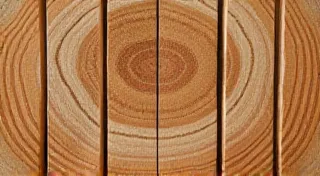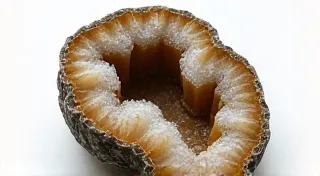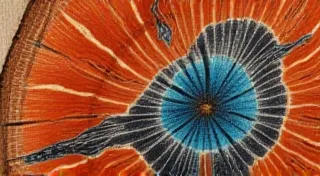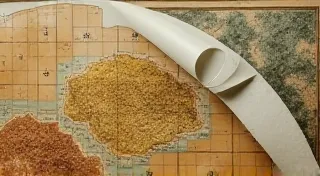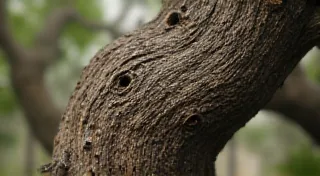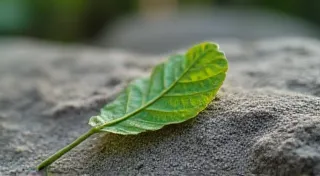The Rhythm of Release: Carving as a Meditative Practice
There's a certain hush that settles when you begin to carve. Not a silence born of emptiness, but a quietude filled with the subtle rasp of steel on wood, the soft push of your thumb against the handle, the focused awareness of your breath. It’s a rhythm, ancient and comforting, a rhythm that draws you inward, away from the clamor of the modern world and connects you to a lineage of makers stretching back centuries. This isn't merely a craft; it’s a meditative practice, a dance between intention and the yielding nature of wood, often carried out with a simple penknife – a tool seemingly humble, yet capable of creating profound beauty and, more importantly, profound peace.
My own journey into this practice began unexpectedly. I wasn’t initially drawn to the technical aspects of wood carving. I was seeking solace, a way to ground myself amidst a period of significant change. I’d inherited my grandfather’s collection of antique accordions, each one a marvel of engineering and artistry. They sat in my workshop, largely untouched, silent witnesses to a life lived through music. The act of simply *looking* at them, appreciating the intricate bellows, the polished keys, the hand-painted decorations, brought a strange sense of connection to a man I barely knew. But something felt incomplete. I wanted to *do* something, to actively engage with the craftsmanship, not just observe it.
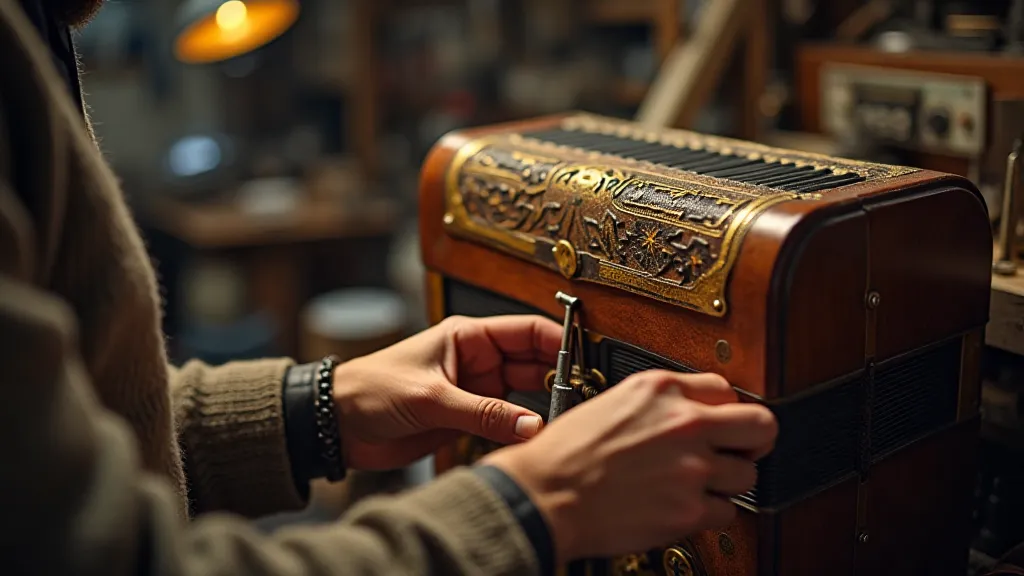
The Ancient Roots of the Carving Ritual
The history of wood carving is, of course, as old as humanity itself. From the earliest cave paintings to the intricately carved totems of indigenous cultures, the impulse to transform wood into something meaningful is deeply ingrained in our collective consciousness. Penknife whittling, specifically, evolved from the tools and techniques used by rural folk – farmers, shepherds, and laborers – who utilized whatever was available to create toys, utensils, and decorative items. Unlike the grand sculptures produced in workshops, this was a craft born of necessity and ingenuity, a way to find beauty and distraction in the margins of a demanding life. Think of the intricate whirligigs carved by Appalachian folk, the whimsical animals fashioned by Scandinavian farmers, the simple wooden spoons that have graced tables for generations. These weren't the creations of trained professionals; they were the spontaneous expressions of individuals finding a moment of respite and creativity within their daily routines.
The tools themselves were equally humble. While elaborate carving sets might have existed for commissioned works, the everyday carver relied on a simple jackknife or penknife – a readily available and versatile tool that could be used for countless tasks, from mending fences to preparing meals. The limitations of the tool, paradoxically, fostered creativity. The carver learned to work *with* the grain, to embrace the imperfections, to find beauty in the unexpected twists and turns of the wood. This connection to the materials, this willingness to adapt and improvise, is a hallmark of traditional carving methods – a stark contrast to the often sterile precision of modern manufacturing. The meticulous upkeep of these tools, and understanding their subtle nuances, can be as much an art as the carving itself, a subject explored further in discussions about sharpening, maintenance, and the carving life.
Finding Flow: The Meditative Aspect
The meditative quality of penknife whittling isn't something that’s consciously cultivated; it’s an emergent property of the process itself. The repetitive motions – the controlled pushes and pulls, the subtle adjustments to the angle of the blade – create a state of focused attention. Your mind, initially preoccupied with worries and distractions, gradually begins to quiet down. You become acutely aware of the sensations in your hands – the feel of the wood, the pressure of the blade, the rhythm of your breath. The external world fades away, and you’re left with a sense of presence and stillness.
This “flow state,” as psychologist Mihály Csíkszentmihályi termed it, is a key element of the meditative experience. It’s that feeling of being completely absorbed in an activity, where time seems to melt away and effort feels effortless. The simple act of carving, with its inherent limitations and challenges, can be a powerful catalyst for entering this state. It demands your full attention, leaving little room for the mental chatter that often plagues us in our daily lives. The feeling of shaping something beautiful from a block of raw material is profoundly satisfying, not just for the visual result, but for the journey itself—the quiet focus and release that comes with it.
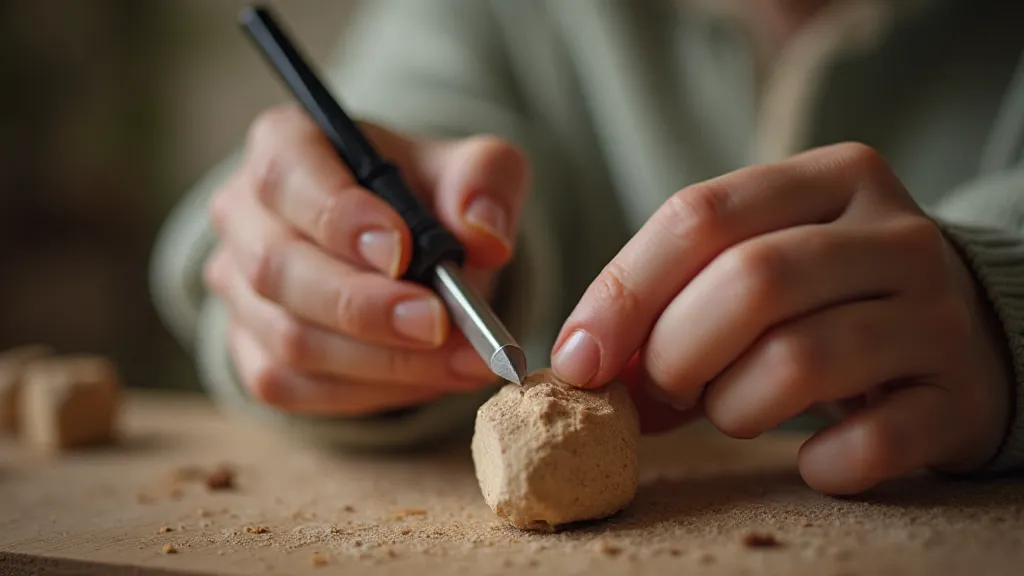
Beyond the Finished Piece: Exploring Impermanence and Intent
It's fascinating to consider the fleeting nature of even the most skillfully carved piece. There’s a certain beauty in accepting that everything changes, decays, and eventually returns to the earth. The interaction between the artisan and the wood, the intention brought to the work, remains, however, a legacy of sorts, a silent dialogue between creator and creation. This notion of ephemeral forms, and the beauty found within that impermanence, is a concept artists often grapple with. Thinking about exploring the penknife's dialogue with impermanence can enrich your appreciation for the process itself, regardless of the final product.
The Cartographer's Approach: Mapping Intent
Successful carving isn't just about physical skill; it's about a mental mapping of the piece to be created. It’s about visualizing the finished form within the rough block of wood and then carefully translating that vision into reality. The best artisans aren’t just skilled with their tools; they are, in a sense, cartographers of intention, meticulously charting a course from potential to form. They understand that every cut, every angle, contributes to the overall composition, and they approach the task with a blend of precision and intuition. It’s a process of discovery, a journey of revealing the hidden potential within the raw material. Consider how the deliberate placement of each cut mirrors the careful planning of a cartographer charting a new territory – a thoughtful approach to transforming something unknown into something meaningful.
More Than Just a Craft: A Legacy of Resilience
The act of carving is also a tangible link to the past. As you shape a piece of wood, you’re engaging in a practice that has been passed down through generations. You’re connecting with the skills and knowledge of those who came before you—the farmers, the shepherds, the laborers who found solace and creativity in the simple act of transforming wood. There’s a certain humility that comes with recognizing yourself as part of this lineage—a reminder that you’re not inventing something new, but rather participating in a timeless tradition.
Restoring antique instruments, like my grandfather's accordions, has a similar resonance. It’s not just about repairing a broken mechanism; it’s about preserving a piece of history, honoring the craftsmanship of the original maker, and ensuring that the music continues to be played. Each tiny screw tightened, each bellows replaced, represents a moment of connection—a silent conversation with the past.
The craft is also a potent symbol of resilience. In a world increasingly dominated by technology and mass production, the ability to create something by hand, to transform raw materials into something beautiful and functional, is a testament to the enduring power of human ingenuity. It’s a reminder that we are capable of more than just consuming; we are capable of creating, of shaping our own destinies, one careful carve at a time.
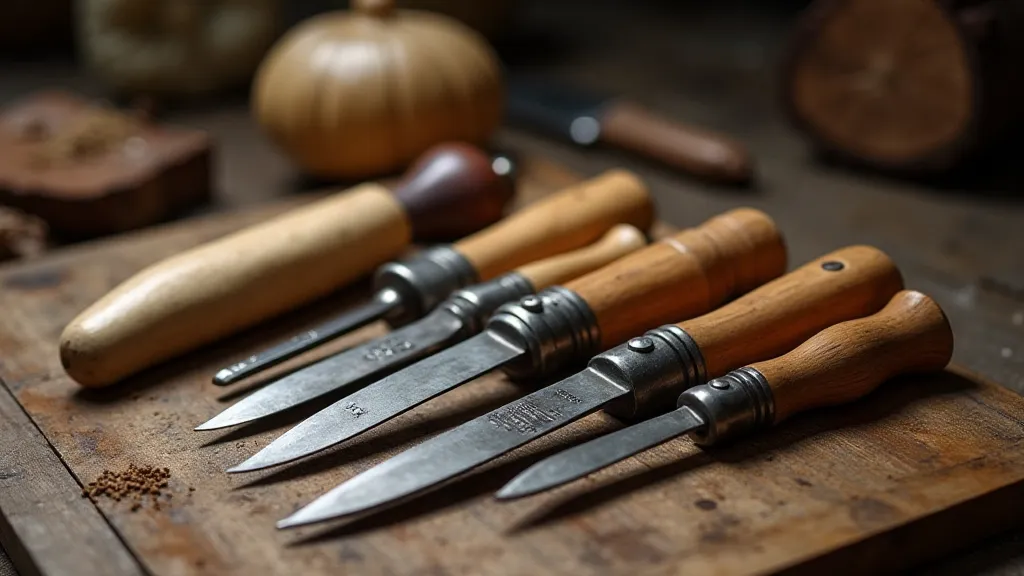
The Enduring Value of Tradition
Preserving these traditions isn't simply about nostalgia; it's about safeguarding a vital link to our shared human heritage. It’s about ensuring that future generations have the opportunity to connect with the skills and knowledge of those who came before them. And it's about recognizing the inherent value of handmade objects – not just for their aesthetic beauty, but for the stories they tell and the connections they foster. Passing on the knowledge and skills of carving is a profound act of stewardship, a way of ensuring that this timeless tradition continues to flourish.
Embracing Imperfection and Finding Peace
Ultimately, penknife whittling is about more than just creating a finished product. It’s about the process itself—the quiet focus, the meditative rhythm, the connection to tradition. It's about embracing imperfection, recognizing that flaws and irregularities are part of the beauty of handmade objects. It’s about finding peace and solace in the simple act of shaping wood, and honoring the legacy of those who came before us.
So, pick up a penknife, find a piece of wood, and begin to carve. You might be surprised at what you discover—not just in the wood, but within yourself.
